Teething Troubles: How Many Baby Teeth Do Kids Lose and When?
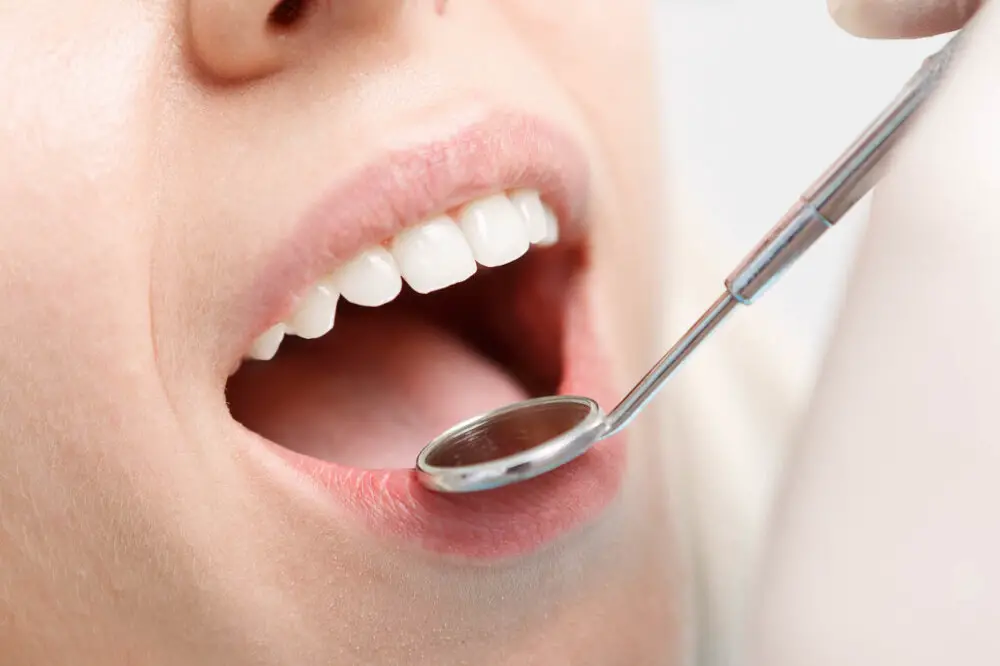
Teething troubles can be quite a challenge for both babies and parents. The process of losing baby teeth is a natural and essential part of growing up, but it can be a painful and uncomfortable experience for little ones. Understanding the basics of how many baby teeth children lose and when can help parents prepare for this milestone and provide their child with the necessary support during this transition. The process of losing baby teeth typically begins around the age of six or seven and lasts until the age of 12 or 13. During this time, children will lose a total of 20 primary teeth, also known as baby teeth. These teeth will be replaced by a total of 32 permanent teeth, which will be fully developed by the time the child reaches their late teens or early twenties. Knowing when and how many teeth your child will lose can help parents prepare for this process and ensure that their child maintains good oral hygiene and dental health throughout this transition.
Baby teeth, also known as primary teeth or deciduous teeth, are the first set of teeth that appear in a child’s mouth. They usually start to emerge at around 6 months of age and continue to erupt until the child is about 2 or 3 years old. Baby teeth are incredibly important as they serve many purposes, including helping children learn to speak and chew properly, holding space in the jaw for the adult teeth to come in, and aiding in the development of the jawbone and facial muscles. Additionally, baby teeth can impact a child’s overall health, as untreated cavities or infections can lead to pain, difficulty eating, and even systemic infections. While baby teeth are temporary, it is crucial to care for them properly to ensure that they stay healthy and functional until the adult teeth are ready to take their place.
Teething is a natural process that every baby goes through, but it can be a challenging time for both the baby and the parents. Common teething symptoms can include fussiness, drooling, irritability, and difficulty sleeping. Some babies may also experience a loss of appetite, swollen gums, and a low-grade fever. Teething can begin as early as three months of age, and the first tooth usually appears around six months. However, it’s important to note that every baby is different, and some may experience teething symptoms earlier or later than others. As a parent, it’s important to offer comfort measures to help soothe your baby during this time, such as teething rings, cool washcloths, and gentle massages of the gums.
The Timeline of Baby Teeth
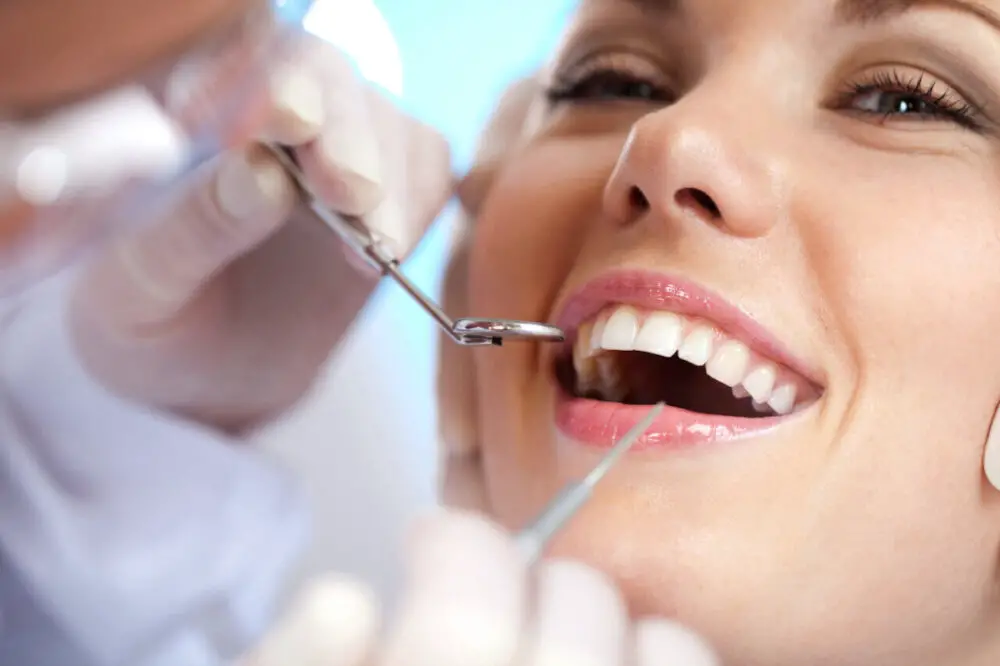
The timeline of baby teeth can be a source of confusion and concern for parents. Understanding the process of teething and the expected timeline can help alleviate some of the worries. Generally, babies begin teething between 4 to 7 months old, with their two lower front teeth being the first to emerge. The next teeth to come in are usually the upper front teeth, followed by the molars and canines. By the age of 3, most children will have a full set of 20 primary teeth. It is important to note that every child is different, and the timeline of teething can vary. Some babies may start teething earlier or later than 4 to 7 months, and the order in which their teeth come in may differ as well. Additionally, some children may experience teething symptoms such as pain, irritability, and drooling, while others may not show any signs at all. Regardless, parents should continue to monitor their child’s dental development and consult with a dentist if they have any concerns.
The process of baby teeth eruption and loss typically begins around six months of age and continues until the child is around 12 years old. The first teeth to erupt are usually the lower central incisors, followed by the upper central incisors. Over the next few years, the remaining baby teeth will emerge in a predictable sequence, with the first molars appearing around age one, and the last baby molars coming in around age three. As the child grows, the roots of the baby teeth will begin to dissolve, causing them to become loose and eventually fall out. This process typically begins around age six or seven with the lower front teeth and continues until the last baby molars are lost around age 12. While the timeline for baby teeth eruption and loss can vary slightly from child to child, it generally follows a predictable pattern that can help parents and caregivers anticipate and prepare for each stage of their child’s dental development.
Timing of teething can vary widely among children, with some starting as early as three months and others not getting their first tooth until after their first birthday. Factors that can affect the timing of teething include genetics, nutrition, overall health, and even gender. For example, premature babies may experience delayed teething, while babies who are breastfed may start teething earlier than those who are formula-fed. Additionally, some babies may experience discomfort and irritability during teething, while others may not show any noticeable symptoms. Despite these variations, most children will have a full set of baby teeth by the age of three.
The Number of Baby Teeth
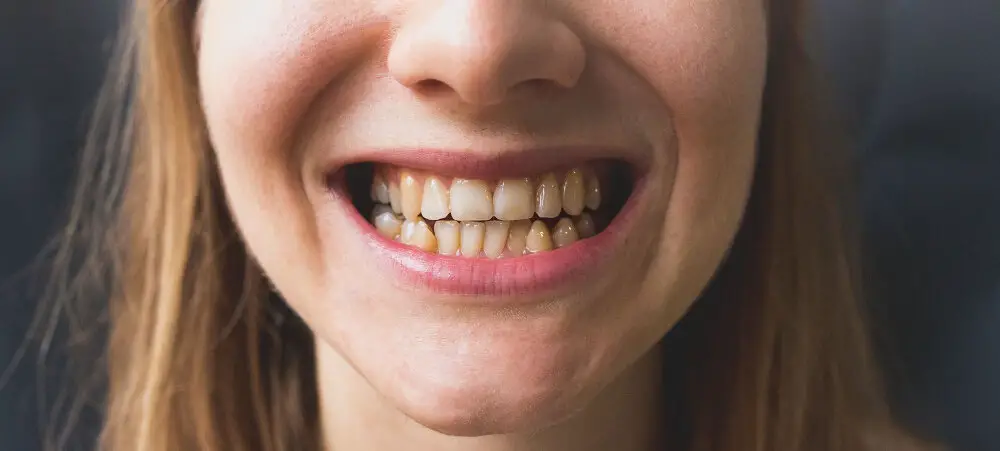
When it comes to the number of baby teeth, children typically have 20 primary teeth. These teeth start to emerge between the ages of six months to one year and typically fall out between the ages of six to twelve years old. The baby teeth are necessary for the child’s speech, chewing, and overall development. They also serve as placeholders for the adult teeth that will grow in their place. The baby teeth are divided into four types: incisors, canines, molars, and premolars. The incisors are the front teeth, followed by the canines, which are the sharp teeth next to the incisors. The molars are the wider teeth at the back of the mouth, and the premolars are the teeth in between the molars and canines. The number of each type of tooth can vary, but typically children will have eight incisors, four canines, and eight molars/premolars. Understanding the number and types of baby teeth can help parents monitor their child’s teething progress and ensure that their child’s teeth are developing properly.
Teething is a natural process that every child goes through during their early years. The baby teeth, also known as primary teeth, are the first set of teeth that grow in a child’s mouth. Typically, a child has 20 baby teeth in total, with 10 in the upper jaw and 10 in the lower jaw. These teeth start to erupt between the ages of 6 months to 1 year, and by the age of 3, all 20 baby teeth should be visible. As children grow, their baby teeth begin to loosen and fall out, making way for the permanent teeth to grow in their place. This process typically starts around the age of 6 and continues until the age of 12 or 13 when all the baby teeth have been replaced by permanent teeth. It’s important to take care of baby teeth as they play a crucial role in a child’s dental health and overall development.
Teeth may seem like simple and uniform structures, but in reality, they come in various types and perform different functions. Incisors are the flat, sharp teeth at the front of the mouth that help us bite into food, while canines are the pointed teeth next to the incisors that tear and grip food. Premolars and molars, found towards the back of the mouth, have flatter surfaces that help grind and crush food. Baby teeth, also known as deciduous teeth, are smaller and fewer in number than permanent teeth. As children grow, their baby teeth are gradually replaced by permanent teeth, starting around the age of six. Understanding the different types of teeth and their functions can help parents and caregivers support children through the teething process and encourage healthy dental habits.
When and How Baby Teeth Fall Out
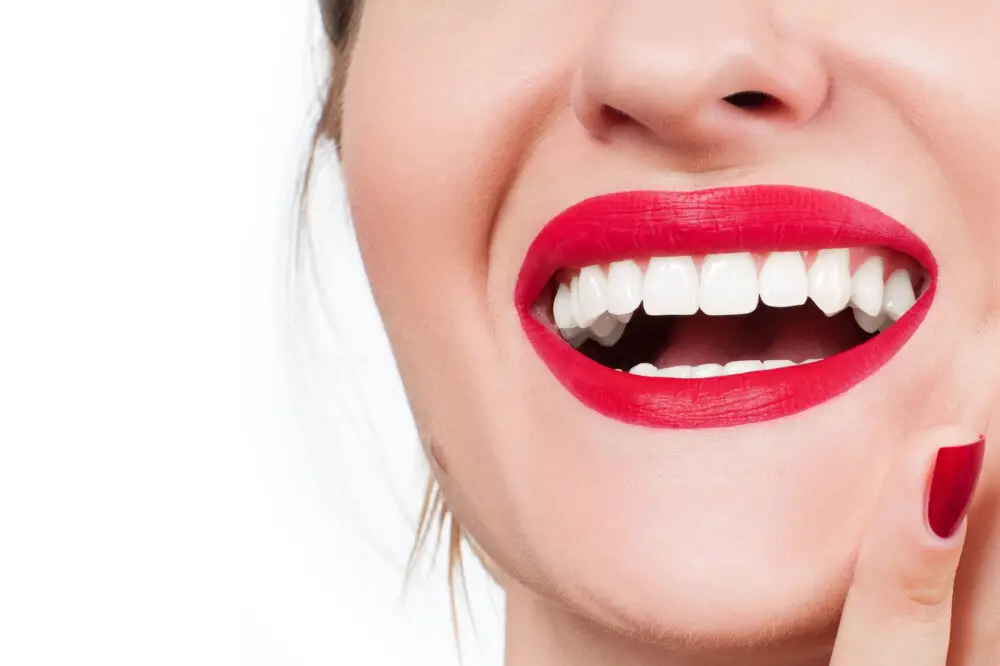
Baby teeth, also known as primary teeth, are an essential part of a child’s oral development. These teeth typically begin to emerge around six months of age, with the first two teeth appearing in the front of the mouth. By age three, most children will have a full set of 20 baby teeth. However, between the ages of six and twelve, these teeth will begin to fall out to make way for the permanent teeth. The process of losing baby teeth is entirely natural and necessary, as it allows the permanent teeth to grow in properly. The process of losing baby teeth typically begins around age six, although it can vary from child to child. The teeth will usually fall out in the order in which they erupted, with the front teeth being the first to go. This process will continue until all of the baby teeth have fallen out, usually by age twelve or thirteen. It is important for parents to encourage their children to wiggle their loose teeth gently, as this can help to loosen them and make them easier to remove. However, it is essential not to force a tooth that is not ready to come out, as this can cause pain and bleeding.
The process of baby teeth falling out, also known as exfoliation, usually begins around the age of six and can continue until the age of 12. This is when the permanent teeth start to push up against the roots of the baby teeth, causing them to gradually loosen and fall out. The order in which baby teeth fall out can vary, but typically the front teeth are the first to go, followed by the molars towards the back of the mouth. As the baby teeth fall out, the permanent teeth move into their rightful place, resulting in a healthy and properly aligned adult smile. While this process can be uncomfortable and even painful for some children, it is an essential part of their dental development and should be closely monitored by a dental professional.
Proper dental care during teething is of utmost importance as it not only ensures the development of healthy teeth but also promotes good oral hygiene habits in children. Neglecting dental care during this time can lead to various dental problems such as cavities, gum disease, and bad breath. It is necessary to clean the gums and emerging teeth with a soft cloth or brush and to limit sugary foods and drinks to prevent decay. Regular visits to the dentist can also help detect any potential issues early on and prevent them from becoming more severe. By instilling good dental habits early on, parents can ensure their child’s teeth stay healthy and strong.
Dealing with Teething Troubles

When it comes to teething troubles, it’s important to remember that every child is different. Some babies may begin teething as early as three months, while others may not start until they are nearly a year old. Regardless of when your child starts to teethe, there are a few things you can do to help ease their discomfort. One of the most effective methods is to offer your child a teething toy. These toys are specifically designed to provide relief to sore gums, and many are filled with water or gel that can be chilled in the refrigerator for added soothing power. You might also want to try massaging your child’s gums with a clean finger or a cool, damp washcloth. Another common recommendation for dealing with teething troubles is to offer your child a cold, soft food. This could be anything from a chilled piece of fruit to a serving of yogurt or pudding. The cool temperature and soft texture can provide relief to sore gums, and the added sweetness may help distract your child from the discomfort they are feeling. Additionally, you may want to talk to your child’s pediatrician about the use of pain relievers like acetaminophen or ibuprofen. While these medications should be used sparingly and with caution, they can be effective in providing temporary relief from teething pain. With a little patience and some creative solutions, you can help your child weather the storm of teething troubles and emerge with a bright, healthy smile.
Teething is a natural and often uncomfortable process that every child goes through. Some common symptoms of teething include excessive drooling, irritability, swollen gums, and a slight fever. Other signs may include fussiness, difficulty sleeping, and loss of appetite. To ease these symptoms, parents can offer a variety of remedies such as teething toys, chilled washcloths, or gentle gum massage. Over-the-counter pain relievers like acetaminophen or ibuprofen may also be used, but it is important to consult with a pediatrician before giving any medication to a child. While teething can be a challenging time for both parents and children, it is important to remember that it is a normal part of a child’s development and will eventually pass.
Teething can be quite a challenging experience for both babies and their parents. If you’re a parent dealing with a teething baby, there are several things you can do to help soothe your child’s discomfort. First, try giving them something cold to chew on, like a chilled teething ring or a damp washcloth that’s been kept in the fridge. You can also rub their gums gently with a clean finger or offer them a pacifier to suck on. Another helpful tip is to distract your baby with fun activities or toys to take their mind off of the discomfort. If your child is experiencing severe pain or fever, it’s important to consult with their pediatrician to ensure that there isn’t an underlying issue causing the discomfort.
Baby teeth, also known as primary or deciduous teeth, play a crucial role in a child’s dental development. These teeth not only aid in speech and chewing but also hold the space for permanent teeth to grow. The timeline for baby teeth eruption starts around six months of age when the lower central incisors appear, and it continues until the child is around three years old when all 20 baby teeth have erupted. As the child grows, these teeth will start to loosen and fall out, making way for the permanent teeth. It is important to take care of baby teeth by practicing good oral hygiene and scheduling regular dental check-ups to ensure that they stay healthy and strong. Neglecting baby teeth can lead to dental problems and affect the development of permanent teeth.
As a parent, staying proactive in your child’s dental health is crucial to ensuring their long-term oral hygiene. By taking preventative measures such as regular dental check-ups, daily brushing and flossing, and a healthy diet, you can help reduce the risk of your child developing dental problems in the future. It’s also important to monitor your child’s teething progress and know when to expect their baby teeth to fall out, as this can impact their overall dental development. By staying vigilant and informed, you can help set your child up for a lifetime of healthy teeth and gums.
Conclusion
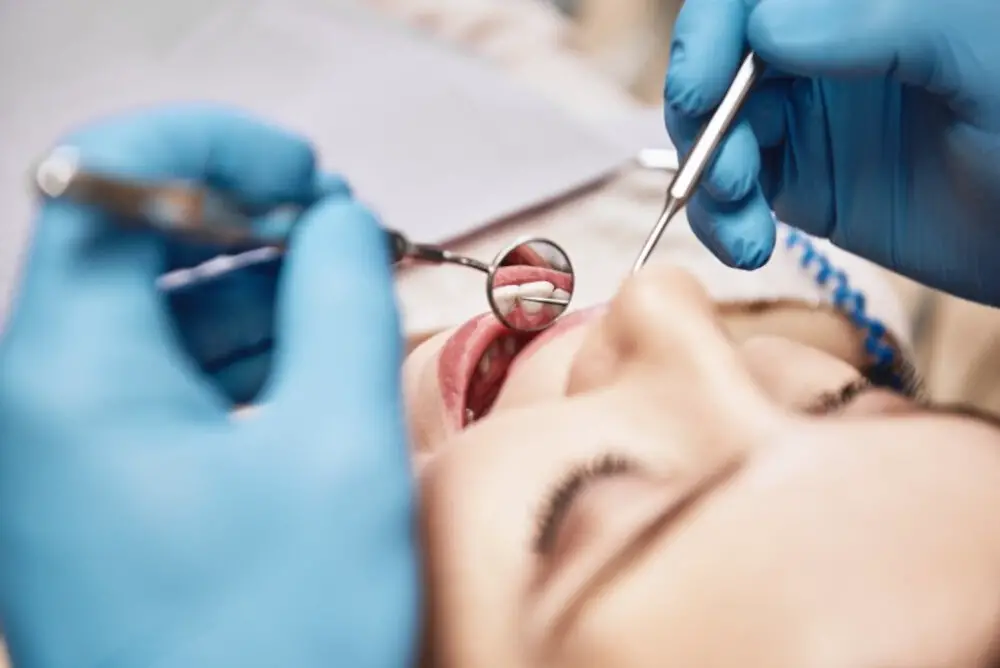
In conclusion, teething troubles can be a challenging phase for both parents and children. However, understanding the process of losing baby teeth and knowing when to expect it can ease the worries and help prepare for the transition to permanent teeth. It is crucial to remember that every child is different, and the timing of losing baby teeth can vary. Parents should monitor their child’s oral health regularly and consult a dentist if they have any concerns. With proper care and attention, children can smoothly navigate this milestone and enjoy a healthy, beautiful smile.







